Filtered By: Topstories
News
Mayon watch: An inside look at the Phivolcs headquarters
By SOPHIA DEDACE, GMANews.TV
LEGAZPI CITY - GMANews.TV visited the Philippine Institute of Volcanology and Seismology headquarters in Albay province on Wednesday for a first-hand look at how government volcanologists are utilizing the scientific tools at their command to monitor the restive Mayon Volcano around the clock. The Phivolcs headquarters is situated on Ligñon Hill some 10 kilometers away from Mayon’s summit.
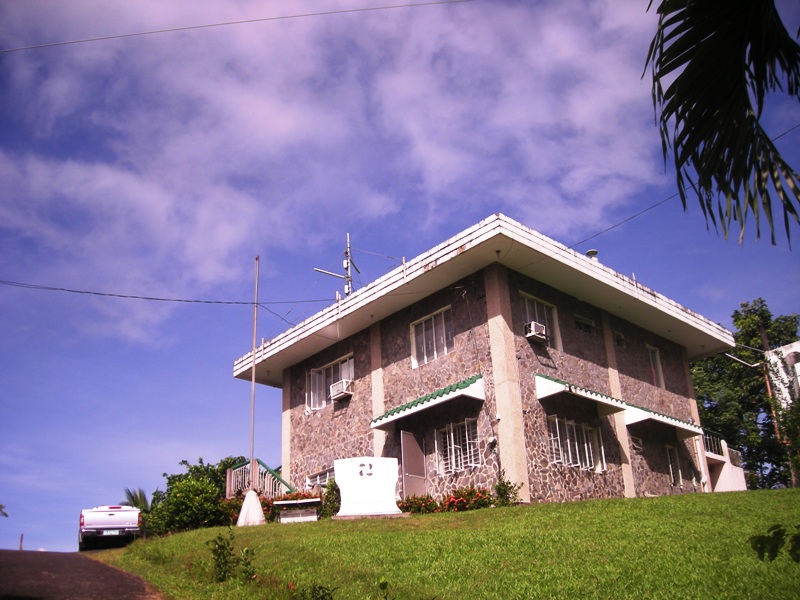
The Phivolcs headquarters in the Bicol region sits on a hill overlooking the Mayon Volcano. Sophia Dedace
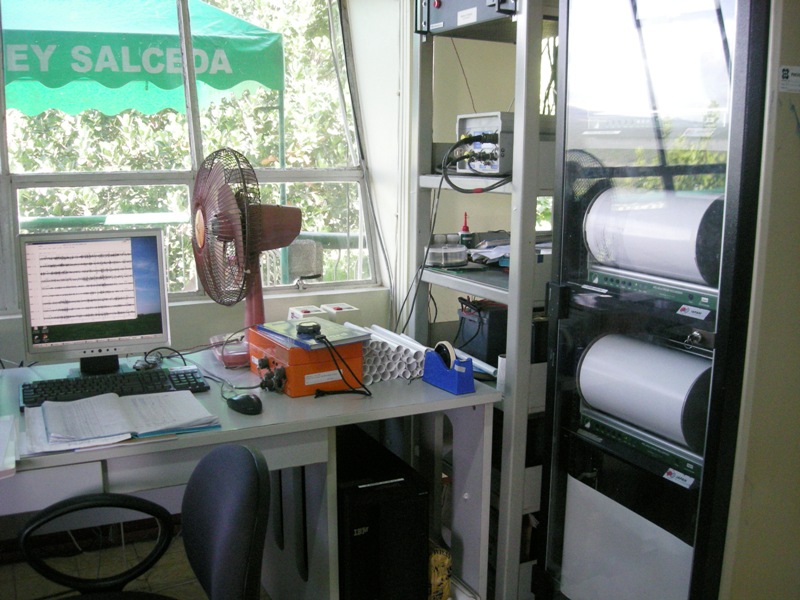
Julio Sabit, Phivolcs spokesperson and supervising science research specialist, says the agency has state-of-the-art facilities. Sophia Dedace
To measure the amount of sulfur dioxide emitted by the volcano, a volcanologist goes near the foothills - but not too close - and sets up a collecting device to estimate the sulfur dioxide emission rate.
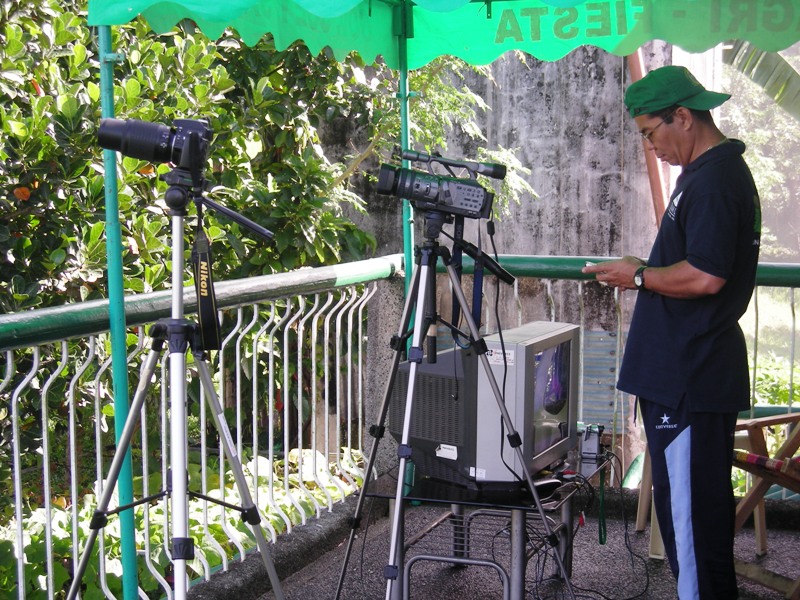
A Phivolcs staff fixes a camera that will capture close-up images of Mayon's crater. Sophia Dedace
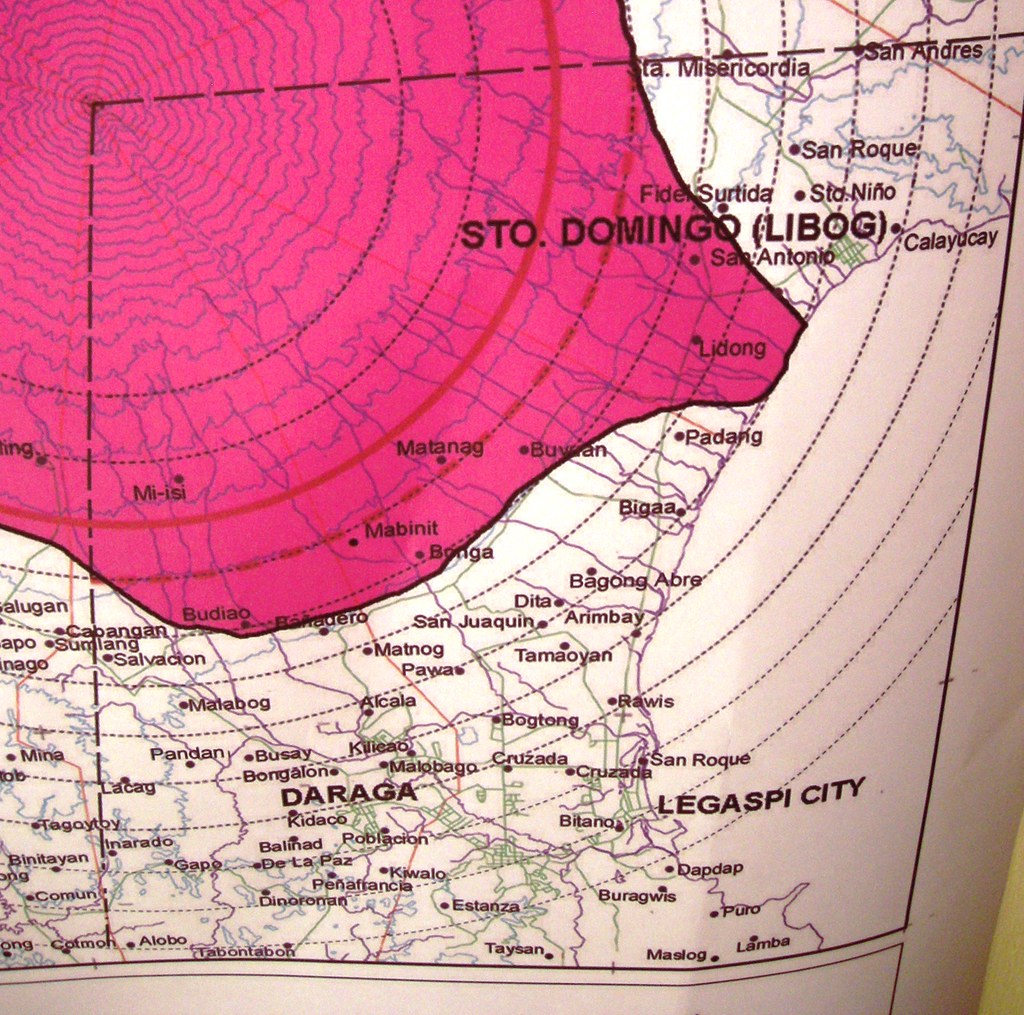
Legazpi City and Sto. Domingo and Daraga towns are most threatened by lahar and lava flows. Sophia Dedace
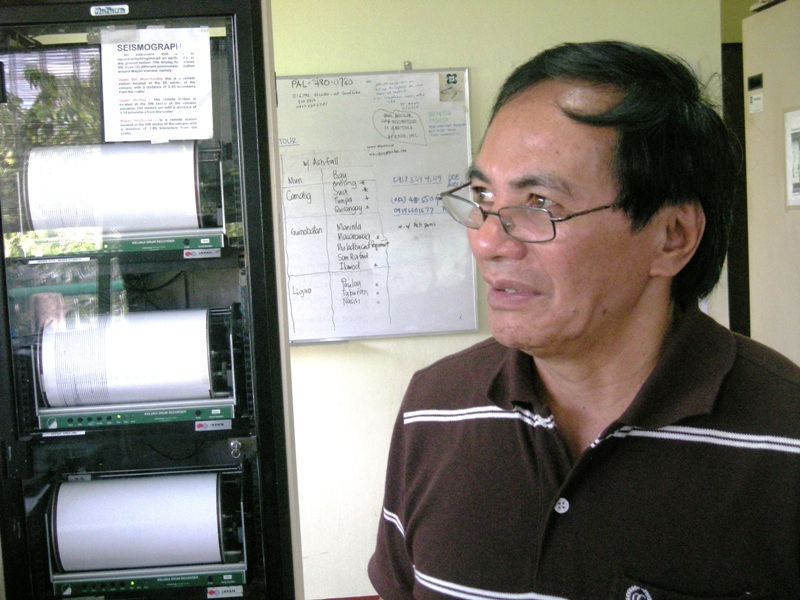
Sabit describes Mayon's current activity. Sophia Dedace
More Videos
Most Popular



